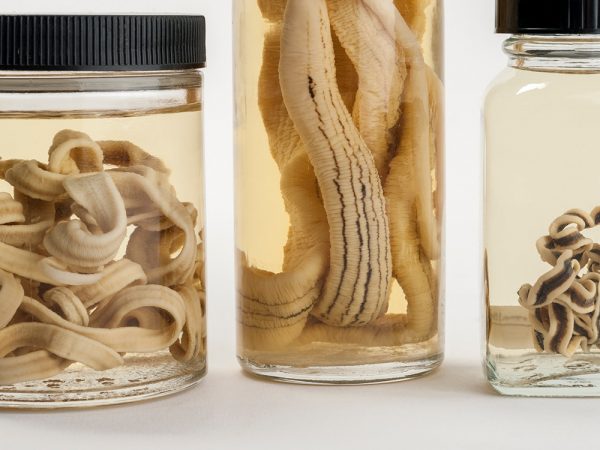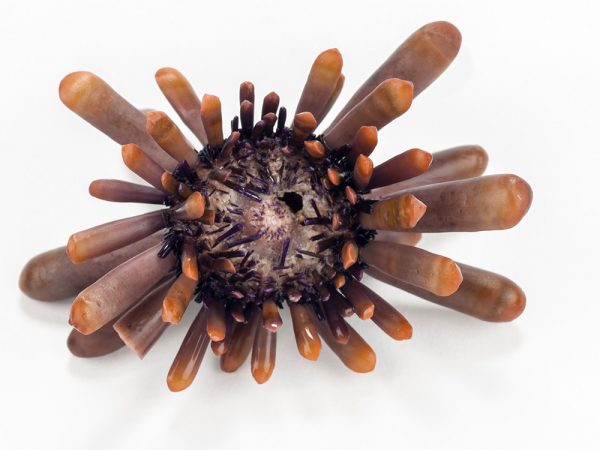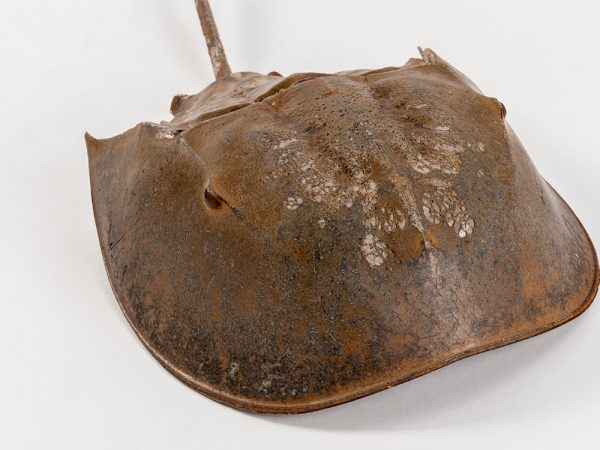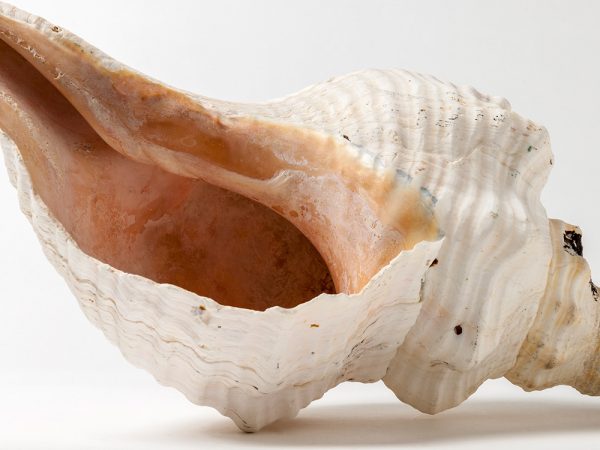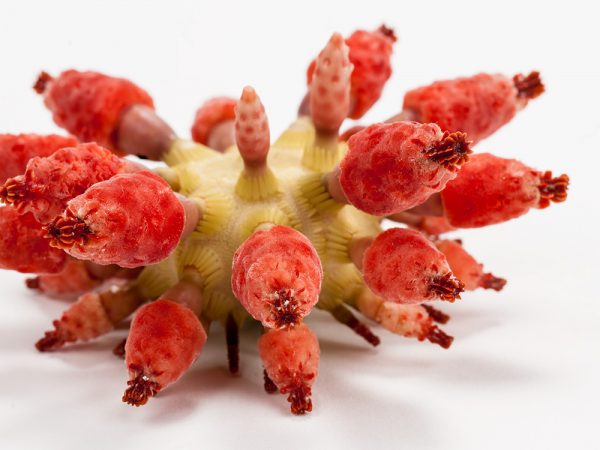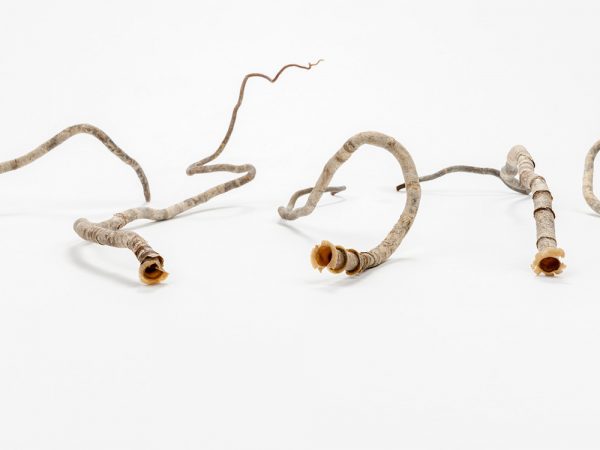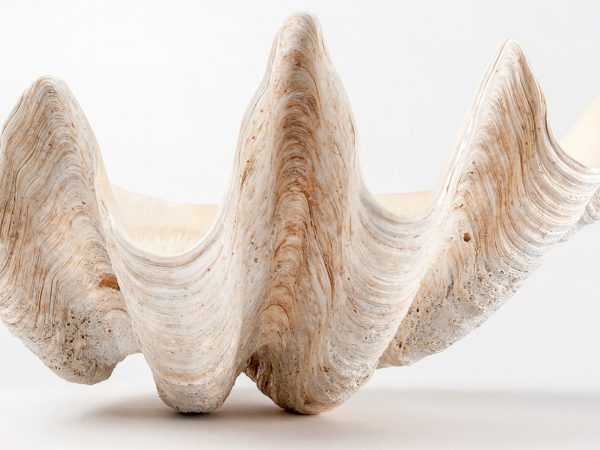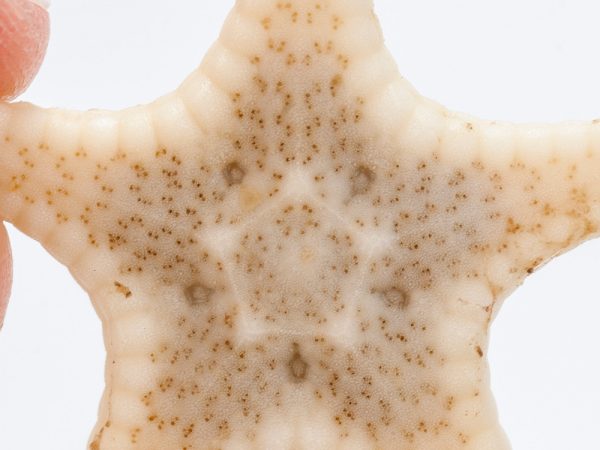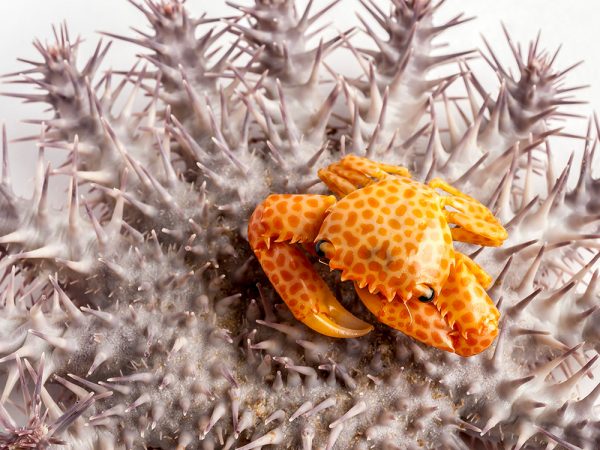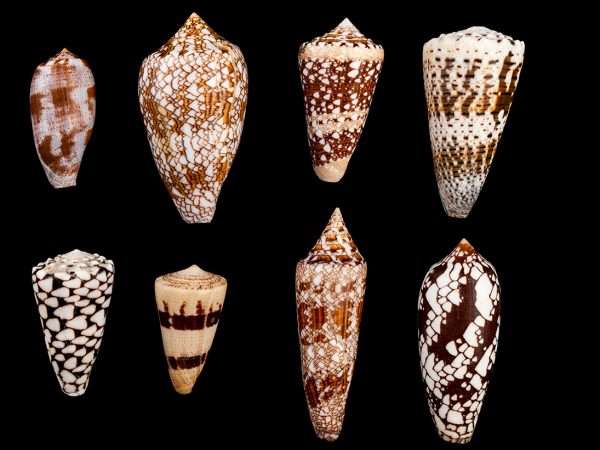Ribbon Worms
Ocean-dwelling Ribbon Worms can grow longer than a blue whale, making them the world’s longest animal. These predators overwhelm their…
Read More
Pencil Urchins
Cryptic species – species that look alike – present a challenge for scientists who classify organisms. DNA studies have shown…
Read More
Horseshoe Crab
Horseshoe Crab blood contains amebocyte cells, which envelop bacteria and prevent them from proliferating. Blood samples from 500,000 crabs are…
Read More
Horse Conch
The predatory Horse Conch can grow to 24 inches long in the marine waters around Florida. The largest gastropod in…
Read More
Hidden Species
Much of coral reef biodiversity is hidden in its Swiss-cheese like holes and crevices. Beautiful animals such as these rarely…
Read More
Giant Seep Worms
Giant Seep Worms live near deep-sea cold seeps where hydrocarbons leak from the sea floor. These worms lack a gut…
Read More
Giant Clam
Giant Clams can grow to be huge in nutrient-poor waters due to the help of tiny photosynthetic algae (zooxanthellae) that…
Read More
Cryptic Sea Stars
DNA can unite species that were thought to be different. Scientists believed these Sea Stars to be two different species…
Read More
Coral Defenders
Pocillopora Corals are spectacular, branching animals that dominate Pacific reefs. Specialized Guard Crabs live within the coral’s branches, protecting it…
Read More
Cone Shells
These predatory sea snails subdue their prey with a hollow, venom-filled tooth. The venom interferes with nerve impulses, paralyzing prey…
Read More
